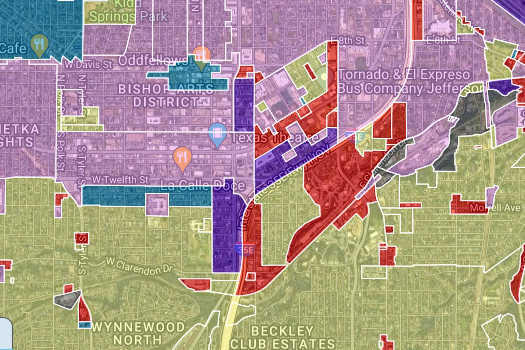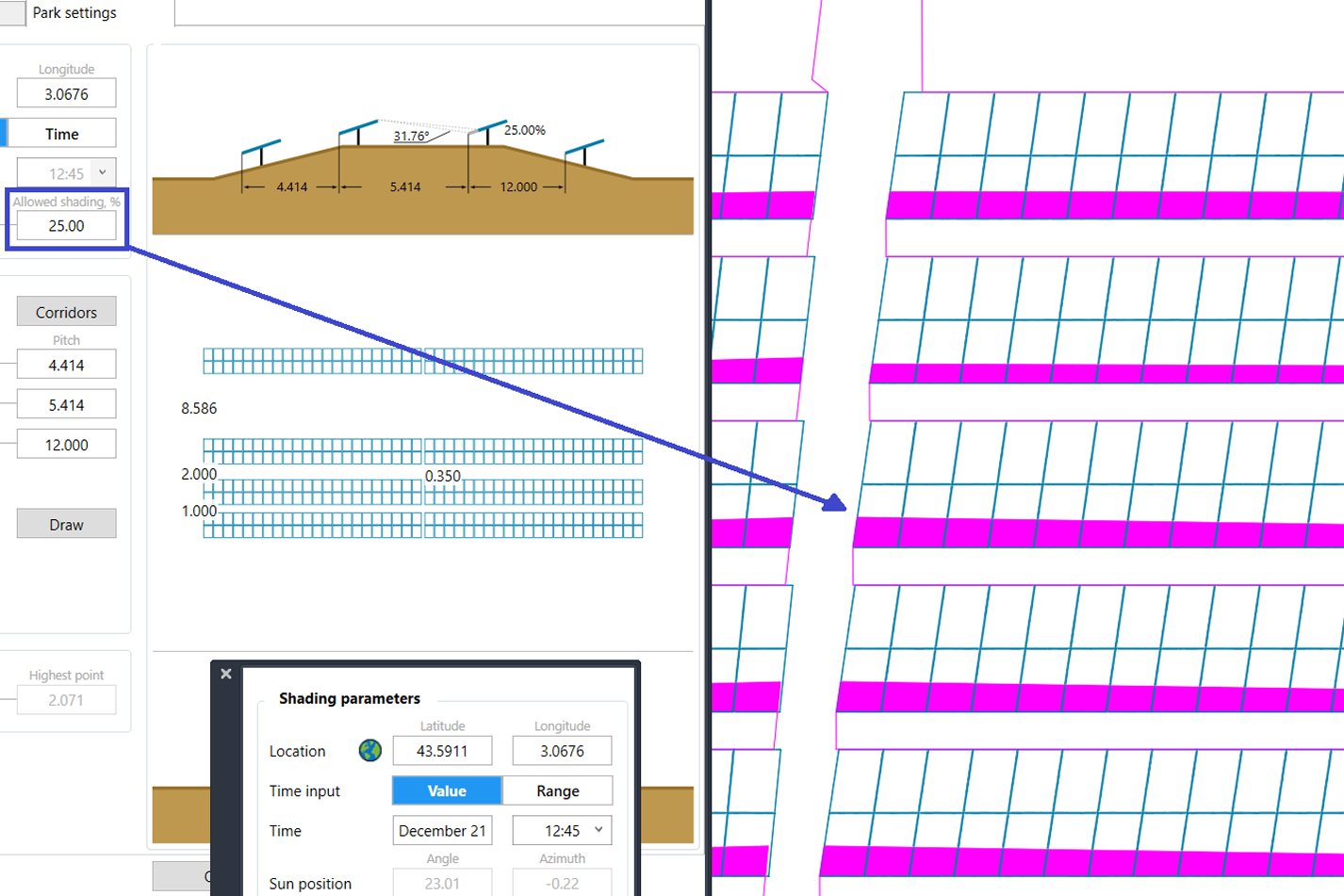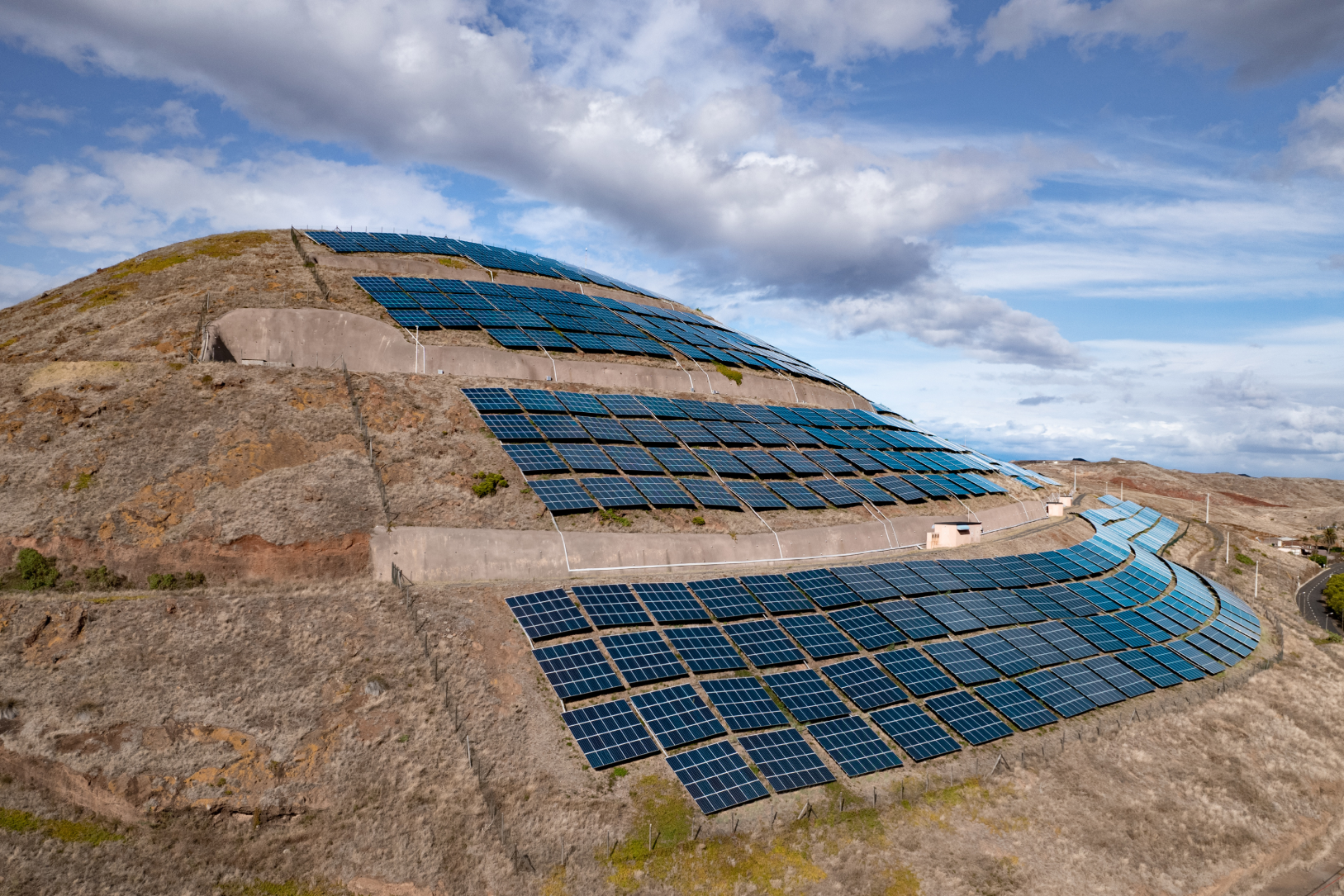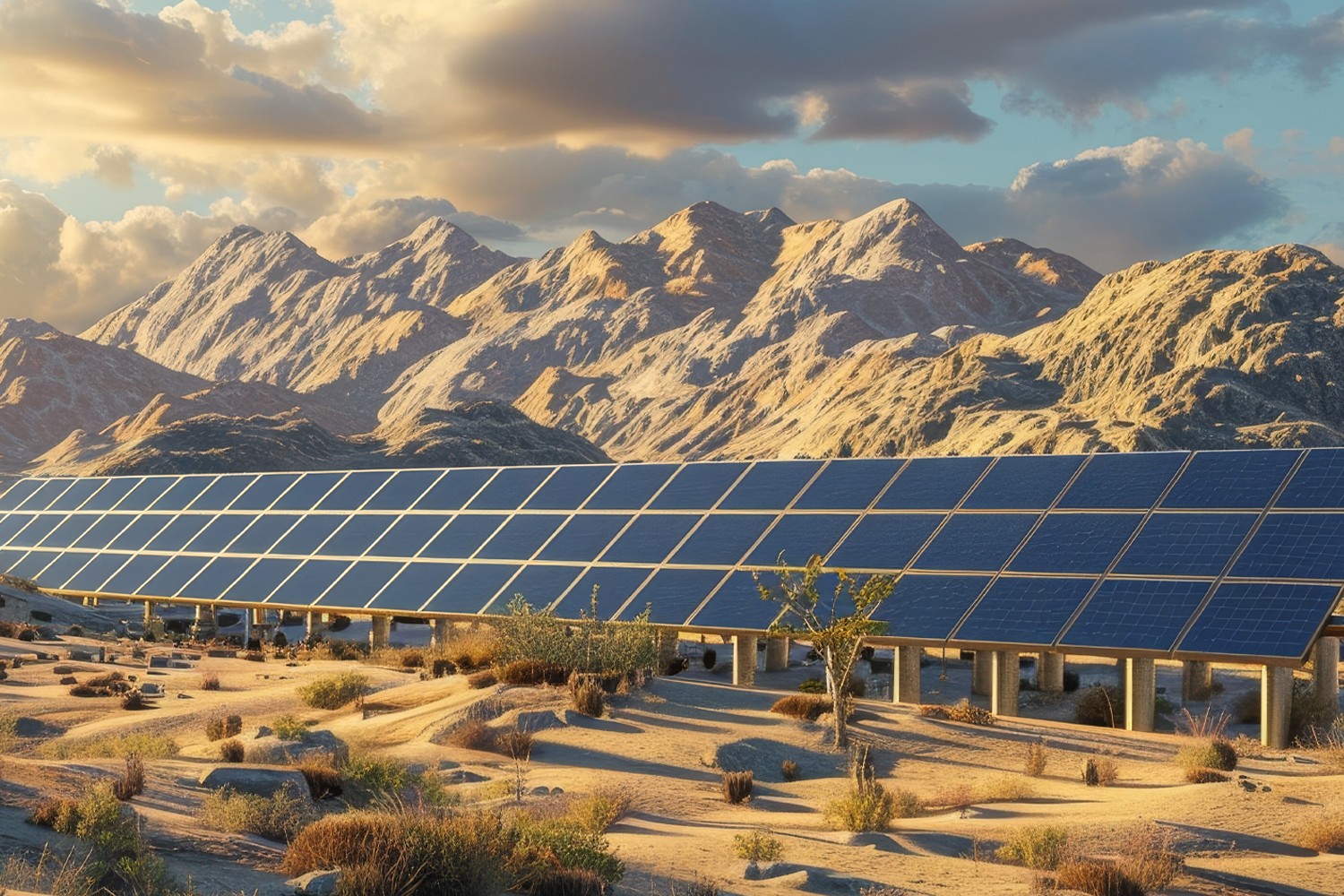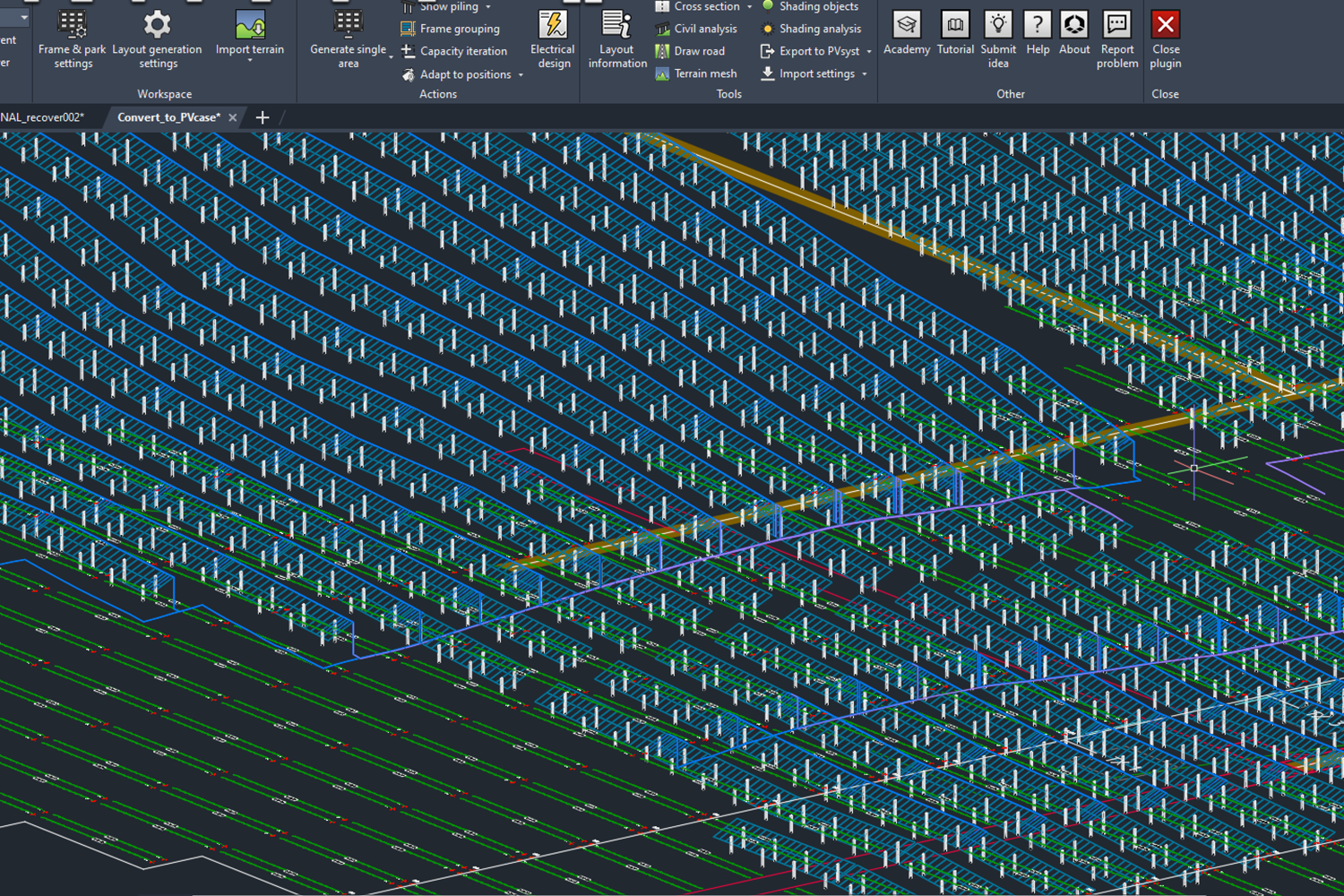Ray-tracing technology introduces new possibilities in computer graphics. However, let’s find out how it could benefit the solar sector.
Virginijus Vasylius, PVcase Yield Product Manager, introduced the benefits of ray-tracing technology in solar design in the RE+ 2023 trade show back in September. This post provides a concise summary of the key insights he shared in his presentation.
What is ray-tracing technology?
Ray-tracing technology is widely employed in computer graphics to emulate light realistically. It offers many benefits in the realm of computer graphics and gaming. It delivers breathtakingly realistic visuals by accurately simulating the behavior of light in the real world. This realism is most evident in the way it creates lifelike effects such as reflections, refractions, and shadows.
Global illumination and the faithful reproduction of materials and textures further contribute to the authenticity of virtual environments. This technology also simplifies workflows and future-proofs hardware investments. As ray-racing continues to evolve, its impact on the gaming and entertainment industries grows, making it an essential tool for creating visually stunning and immersive experiences.
Ray-tracing can also be applied to other industries, and the solar sector is one of those. Let’s see how this innovative technology can benefit solar design processes.

The benefits of ray-tracing technology in the solar industry
Ray-tracing is a lighting simulation method relying on tracing individual light rays between the sky and solar cell surfaces. It also takes interactions with the detailed 3D scene into account. Ray-tracing technology can significantly improve the accuracy and speed of your PV model design. It can be particularly useful in assessing plants with terrain-following technology and bifacial models. Such improvements will significantly benefit financers, technical advisors, asset holders, and developers.
Ray-tracing simulations take into account hilly terrains with no limitations, speed unaffected by geometry complexity, and can take 3D models as provided by designers.
Here are the benefits of a 3D ray-tracing-based simulation model compared to a 2D view-factor-based one:
- the 3D layout is simulated as provided by designers
- Calculation of hilly terrain and bifacial panels with no limitation
- Increased computation effort for complex models
- Comprehensive but complex method implementation
Ray-tracing estimates how different parts of a 3D solar plant model affect energy generation. For example, it can calculate:
- How shading causes uneven string illumination and electrical mismatch losses
- How terrain-following frame placement leads to row-to-row shading and varied module orientation
- How the combination of frame geometry, sun position, and ground albedo affects the performance of bifacial panels
This cutting-edge technology is undergoing continuous development and is set for further enhancements in the near future. These advancements are expected to contribute to even greater precision in solar designs.
You might also be interested in:
March 26, 2025
PVcase Yield product guide: revolutionize solar energy modeling with advanced technology
Download PVcase Yield product guide and discover how PVcase Yield is transforming solar energy modeling with its advanced digital twin technology and physics-based simulations.…
March 25, 2025
The impact of Zoning Data on strategic site selection
Zoning Data encompasses the information used by local governments to classify land use. Learn how this new addition to PVcase Prospect enables solar developers to choose a project…
March 24, 2025
PVcase’s spring product updates: what’s new
PVcase and HeatSpring offer a new training bundle on utility-scale solar engineering for solar designers and engineers.
March 5, 2025
Why fiber data is non-negotiable for data center site selection
Discover why integrating fiber data into your data center site selection process is crucial for reducing costs, accelerating deployment, and improving network resilience.
February 20, 2025
PVcase Ground Mount wins G2 2025 Best CAD & PLM Software award
PVcase and HeatSpring offer a new training bundle on utility-scale solar engineering for solar designers and engineers.
February 18, 2025
PVcase partners with HeatSpring for advanced utility-scale solar training
PVcase and HeatSpring offer a new training bundle on utility-scale solar engineering for solar designers and engineers.
February 3, 2025
Solving ground mount solar design challenges. A guide by engineers, for engineers
Download our e-book for expert insights and actionable solutions to the common pain points you encounter in your day-to-day work, and start taking back your development time.
January 15, 2025
Award-worthy solar software: PVcase’s impact in 2024
Explore how PVcase's award-winning product suite is combating climate change through innovative software and what achievements were recognized the most.
January 14, 2025
Top 10 questions asked during the PVcase Digital SmartUp’24 — answered
Customers ask, we answer — read the article to find answers to the top 10 most asked questions at the exclusive PVcase Digital SmartUp'24 event.
January 10, 2025
Developing solar projects on challenging land
Solar developers face fierce competition, congested grids, and a shrinking pool of ideal sites. What's the solution? Read and and learn how to develop on challenging land instead.
December 12, 2024
Why Locational Marginal Pricing (LMP) data is essential for solar development?
Locational Marginal Pricing (LMP) data helps solar developers forecast profitability, minimize financial risk, and optimize site selection. Let’s break down what LMP data is, its…
December 11, 2024
PVcase product updates — November highlights
With PVcase November updates, you can achieve faster, more accurate results today — no need to make them your New Year’s resolutions. Dive into the major updates from the PVcase…
December 9, 2024
The importance of quality GIS data for solar site selection
Discover the impact of high-quality GIS data on solar site selection. Learn how parcel data, grid capacity, and LMP data optimize solar project development, reduce risks, and…
December 2, 2024
Consequences of extreme weather events: can we still afford it?
Floods, hurricanes, wildfires — whether we want them or not, extreme weather events have become the new normal. This year alone, there have been 24 billion-dollar weather…
November 14, 2024
Fail fast, succeed faster: the developer’s guide to streamlining solar projects with early-stage development software
Discover how solar developers thrive by adopting the 'fail fast, succeed faster' approach. Explore the role of early-stage development software, such as PVcase Prospect, in…



